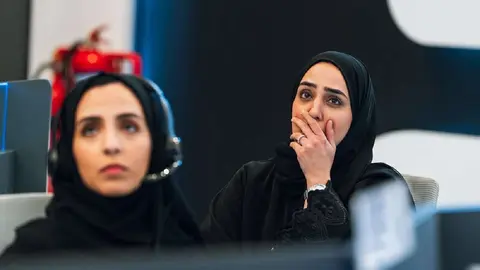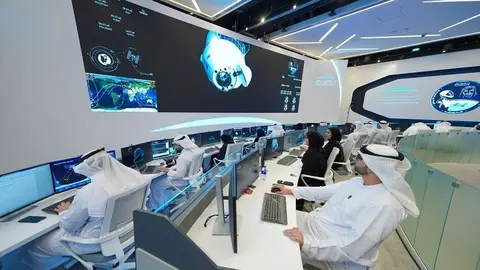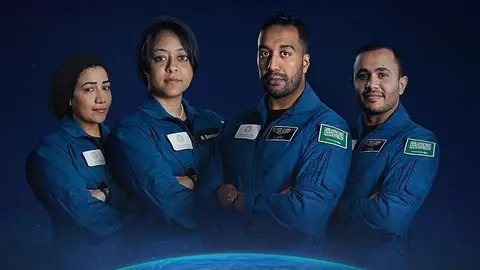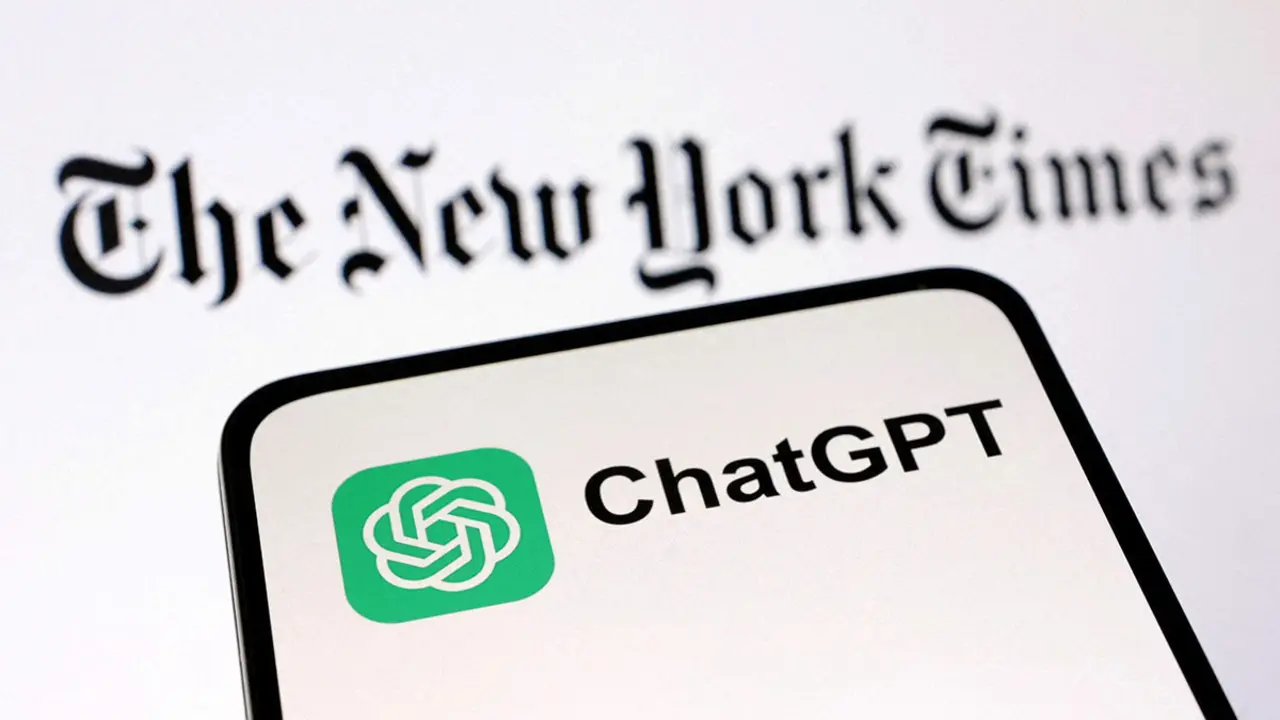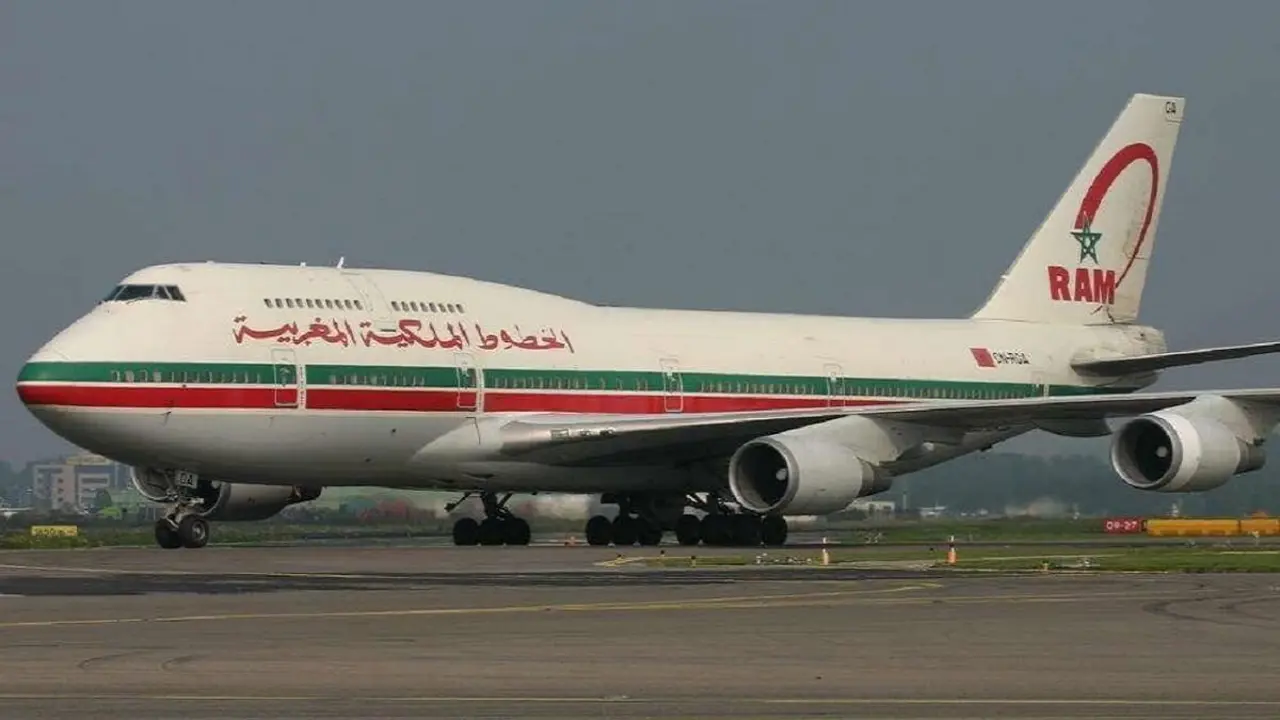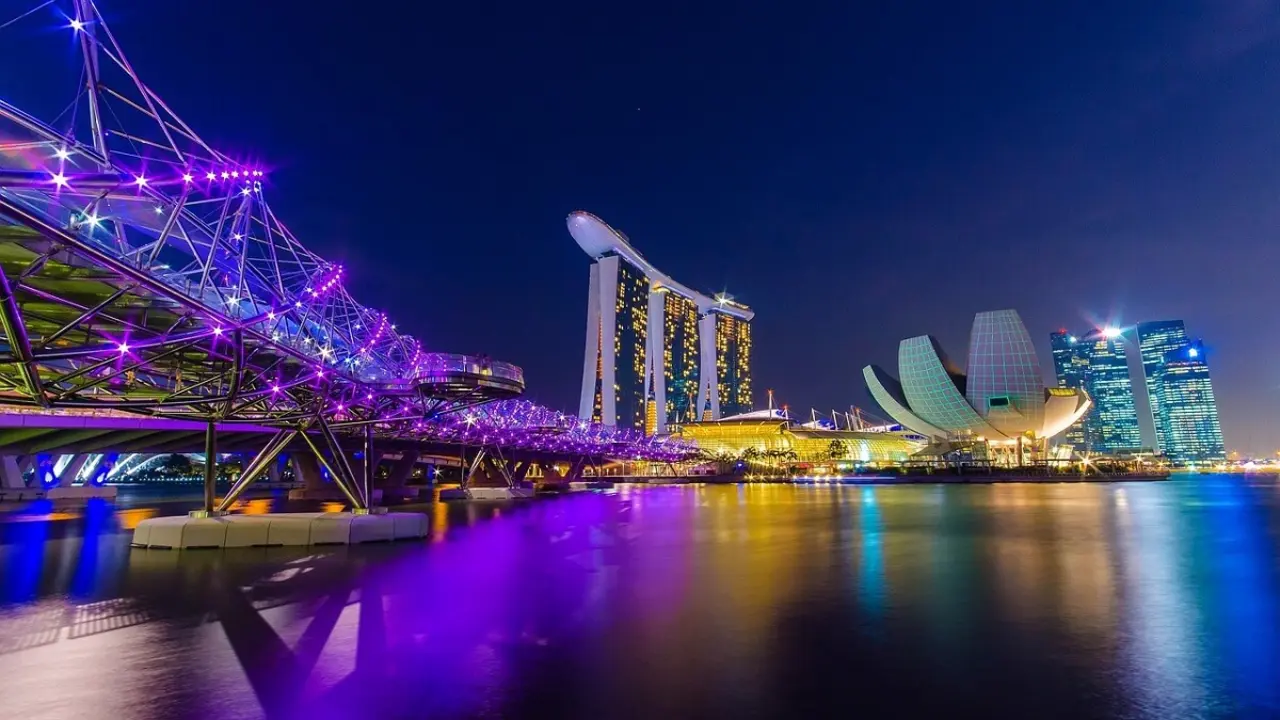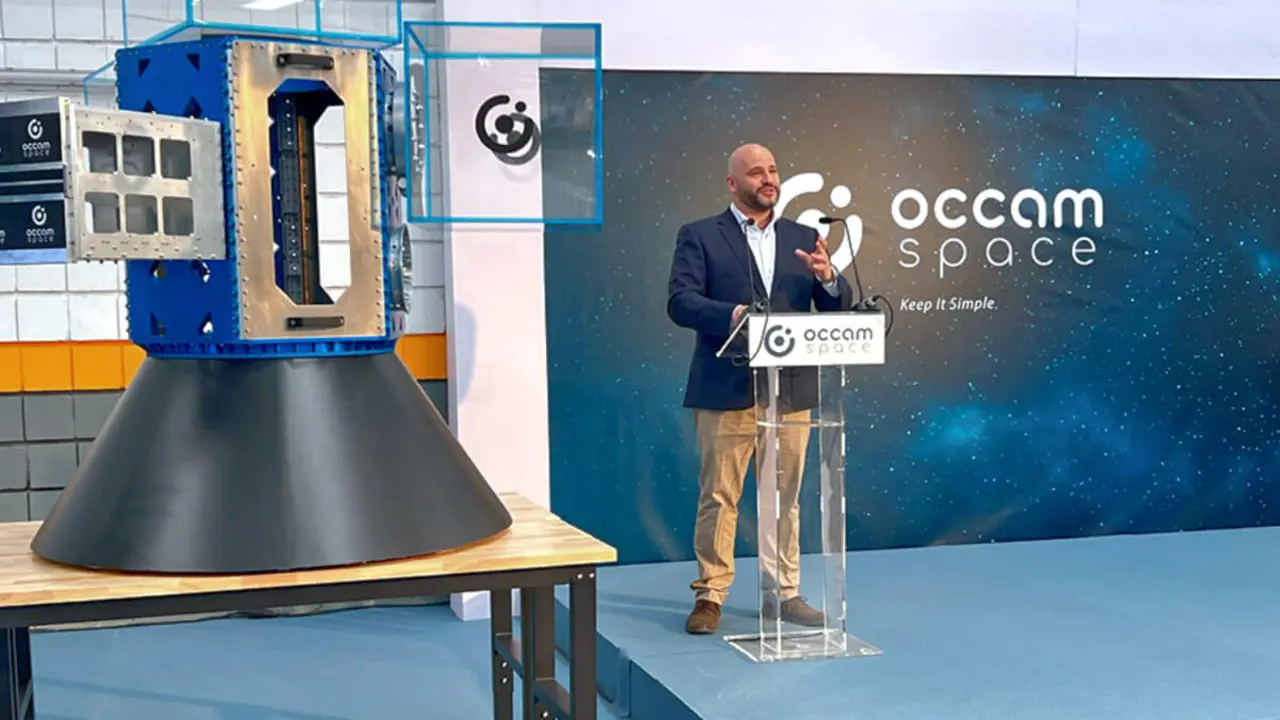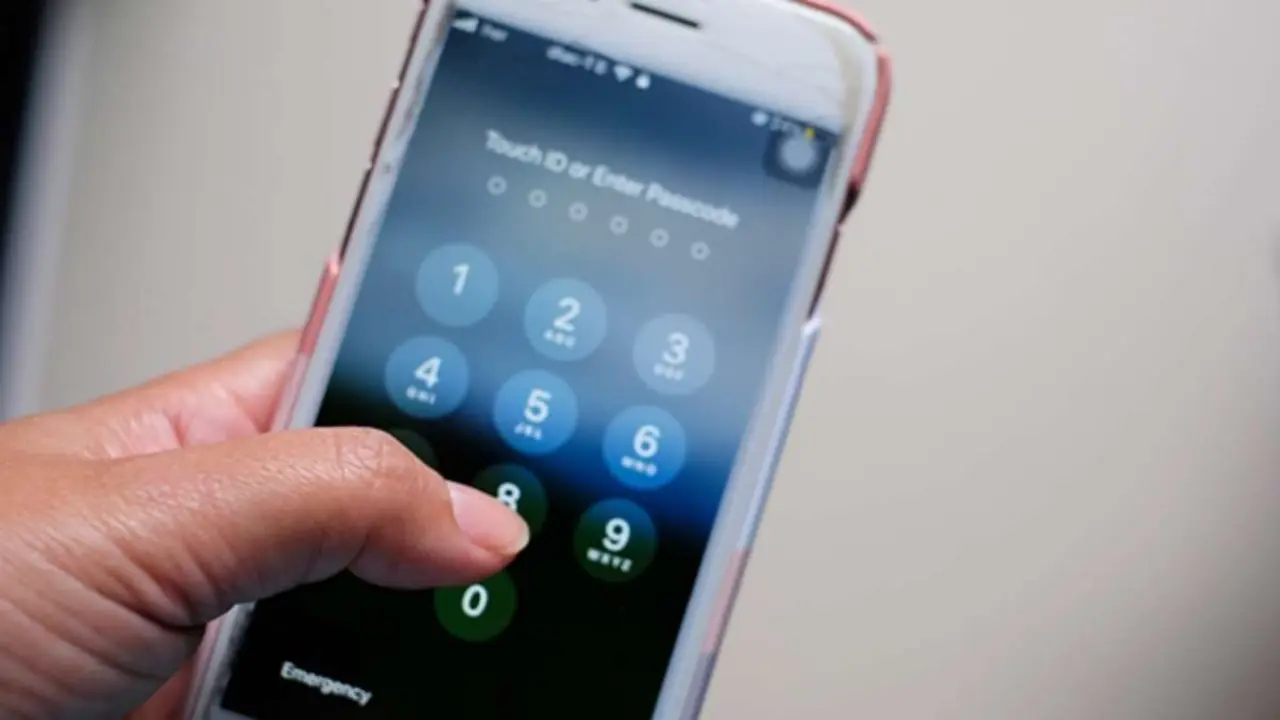Emirati astronaut Sultan AlNeyadi returns to Earth with Arab record for time spent in orbit
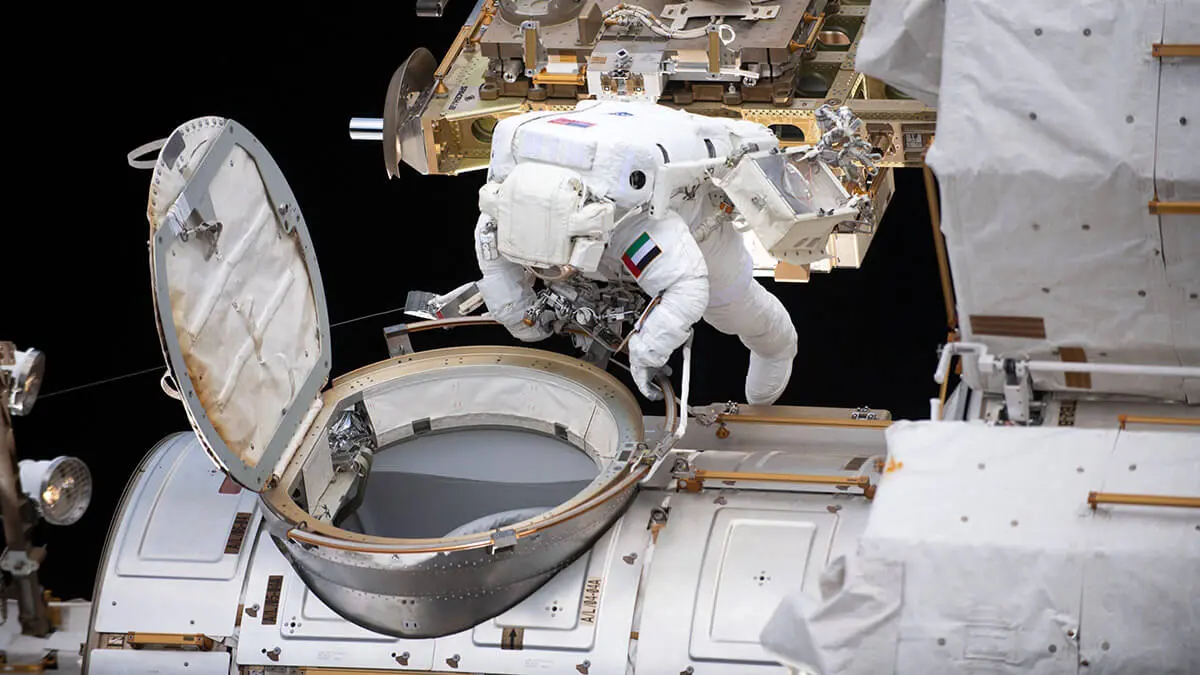
The Emirates is leading Arab countries in terms of interest, investment and missions to outer space, both on the robotic side of cosmos exploration and in terms of manned missions and experimentation in orbit.
Emirati astronaut Sultan AlNeyadi, 42, has just returned to Earth in SpaceX's Dragon Crew-6 capsule after six months aboard the International Space Station (ISS), where he has contributed to more than 20 medical research and some 200 technology tests and demonstrations.
Al-Neyadi is also the only Arab citizen to have gone outside the ISS to carry out an extravehicular activity. On 28 April, for 7 hours and 1 minute, together with the American Stephen Bowen, he laid the electrical wiring for a new batch of deployable solar panels (iROSA) to increase the electrical power on board the ISS.
AlNeyadi's presence on the ISS is the first long-term presence of an inhabitant of a non-ISS partner nation. Stays at the orbital complex by astronauts from countries not associated with the project typically last around a week. That of fellow F-16 fighter pilot Hazza Al Mansoori, the first Emirati to reach the ISS, was eight days, from 25 September to 3 October 2019.
However, Sultan Al-Neyadi's was exceptional, cementing the UAE's regional and global leadership as the first Arab country to have one of its citizens complete the longest mission in the space history of Arab nations.

From understudy to top Arab astronaut ranking
The Emirati's prolonged presence on the ISS is compensation in kind from the United States to the Emirates for several key reasons. On the one hand, for being one of its main political and military allies in the Gulf, along with Saudi Arabia.
On the other, for being the main Arab architect of the Abraham Accords, the peace pact reached between the UAE and Bahrain with Israel on 13 August 2020 and then initialled at the White House on 15 September with the mediation of President Donald Trump and the fruitful management of his son-in-law, Jared Kushner.
Sultan Al-Neyadi's time in orbit from 2 March to 4 September amounted to a total of 186 days, equivalent to some 2,300 hours of activity. Of these, "around 585 hours were spent implementing some 20 research projects and participating in around 200 tests," according to Salem Al Marri, the director general of the Mohammed bin Rashid Space Centre (MBRSC), the organisation responsible for the Emirati manned space programme and for coordinating the Emirati's activities on the ISS.

He has collaborated on scientific projects and experiments for the Mohammed Bin Rashid Medical and Health Sciences University (MBRU) in Dubai. But also the space agencies of the United States (NASA), Canada (CSA), Japan (JAXA), France (CNES) and the European Space Agency (ESA) and some 25 universities in different countries.
Sultan AlNeyadi holds a PhD in information technology from Griffith University, Australia, an engineering degree in electronics and telecommunications from the University of Brighton, UK, and is a military network security engineer in the UAE Armed Forces. He was one of two selected from 4,000 applicants to become an astronaut in the Gulf country's first graduating class. But the one chosen to travel to the ISS was Hazza Al Mansouri, who flew on 25 September 2019 and returned on 3 October. AlNeyadi was then his deputy and remained on the ground.
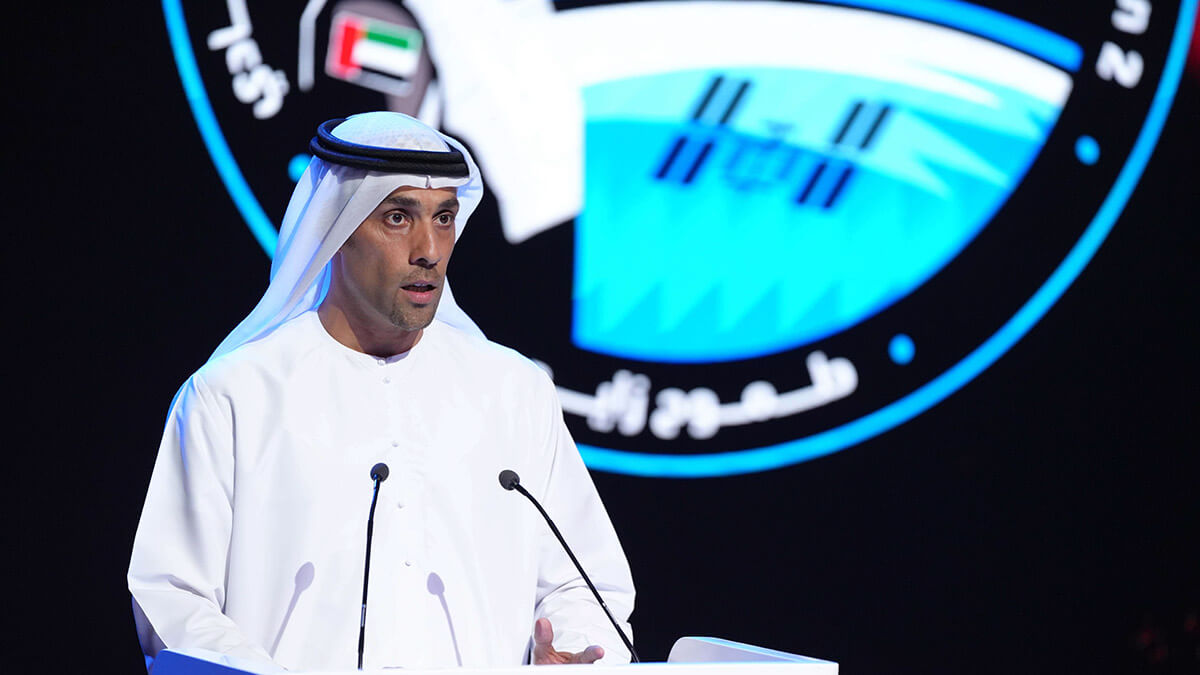
Experiments to alleviate back pain and more
AlNeyadi has just returned along with two NASA colleagues, Stephen Bowen and Warren Hoburg, and Roscosmos cosmonaut Andrei Fedyaev. The Crew-6 Dragon capsule christened Endeavour that brought them back to Earth splashed down on Monday, 4 September, at 06:17 Spanish time, in the Gulf of Mexico, off the coast of Jacksonville.
Like the rest of his crewmates, the Emirati has been growing tiny tomatoes in the HRF Veg experiment, which studies the psychological impact of fresh food on prolonged missions. He has tended, watered and harvested them, some of which have been consumed by the crew, who have completed questionnaires about their taste, colour, aroma and sweetness. Those not consumed were frozen and returned to shore for analysis.

Among the many experiments he has cooperated in is the "host-pathogen" experiment, which has examined how his immune system and stress hormones respond to the reactivation of dormant microbes and bacteria in microgravity conditions. His blood has been returned frozen to Earth for comparison with pre-flight and post-flight samples.
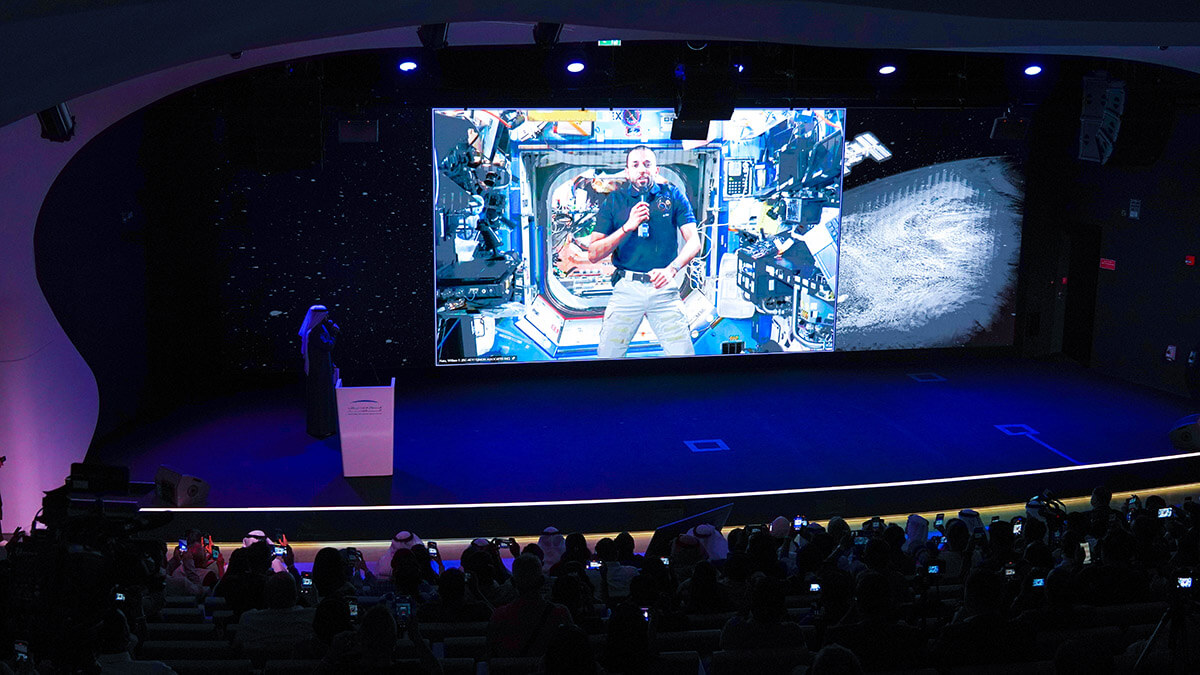
He has also been involved in research to reduce back pain and spinal injuries, common problems among astronauts, whose countermeasures may be applicable on Earth. He contributed to the completion of Lumina, a study of radiation levels inside the orbital complex. And in the Cardiobreath experiment, to determine the cardiorespiratory risks to the bodies of men and women as they try to adapt to microgravity.
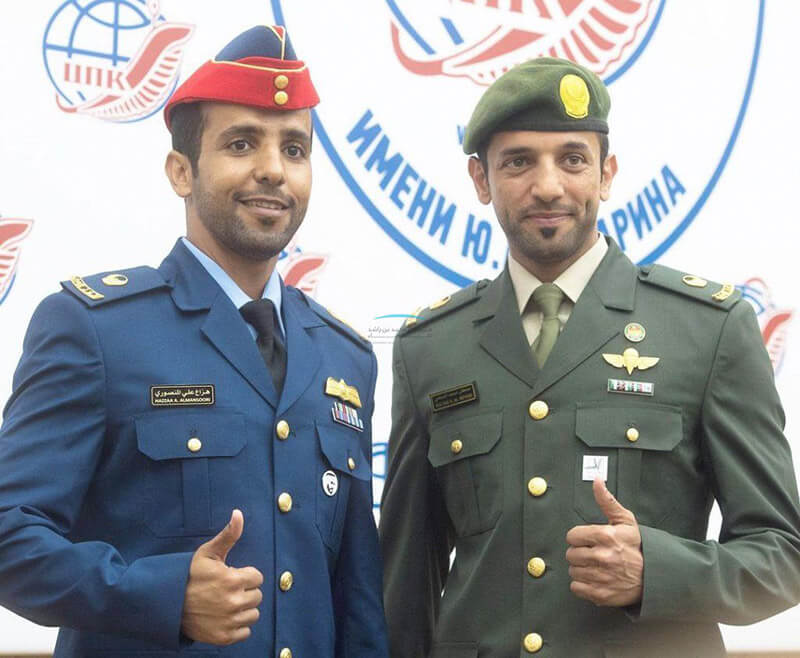
Sultan Al-Neyadi is the fourth Arabian national to travel into space. The first was Prince Sultan bin Salman Al Saud of Saudi Arabia, who flew for seven days on the STS-51-G mission of the space shuttle Discovery in 1985. Syrian Colonel Muhammed Faris was second. In 1987 he spent almost 8 days on the Russian space station Mir on a joint Syrian-Soviet mission. The next was the aforementioned Emirati Hazza Al Mansouri, now followed by Sultan Al-Neyadi. He was followed by Saudi scientist Rayyanah Barnawi and Captain Ali AlQarni - both in May 2023 - who spent eight days with AlNeyadi on the ISS.


